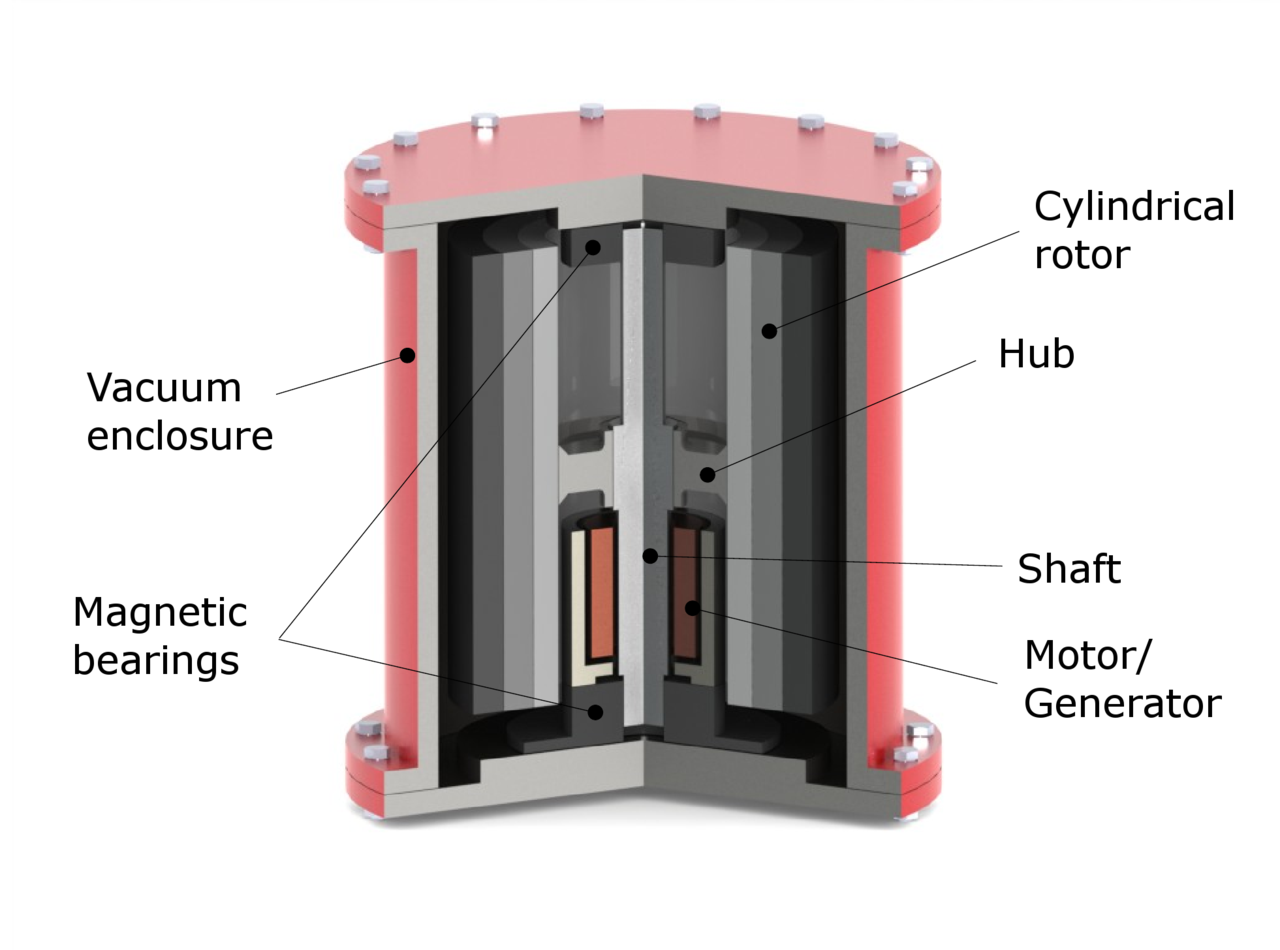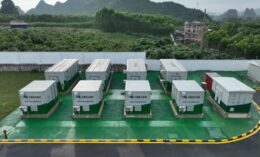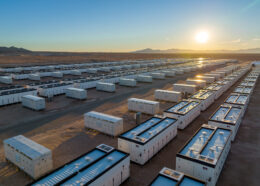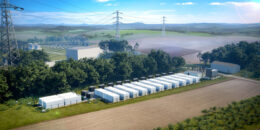China connects its first large-scale flywheel storage project to grid

China has connected to the grid its first large-scale standalone flywheel energy storage project in Shanxi Province’s city of Changzhi.
The Dinglun Flywheel Energy Storage Power Station broke ground in July last year. China Energy Construction Shanxi Power Engineering Institute and and Shanxi Electric Power Construction Company carried out the construction works. BC New Energy was the technology provider and Shenzhen Energy Group was the main investor.
The facility has a power output of 30 MW and is equipped with 120 high-speed magnetic levitation flywheel units. Every 10 flywheels form an energy storage and frequency regulation unit, and a total of 12 energy storage and frequency regulation units form an array, which is connected to the power grid at a voltage level of 110 kV.
The project represents a pioneering use of a semi-buried underground well system designed to provide a safe environment for the operation, waterproofing, cooling, and maintenance of the flywheel unit.
Flywheel energy storage technology is a form of mechanical energy storage which works by accelerating a rotor (flywheel) to a very high speed and maintaining the energy in the system as kinetic energy. Compared to other mechanical energy storage technologies such as pumped hydro and compressed air, flywheel storage has higher energy and power density, higher efficiency, and rapid response.
The high-speed magnetic levitation flywheel technology used in the Dinglun Flywheel Energy Storage Power Station is said to be capable of operating efficiently in a vacuum and low-friction environment, further improving energy storage efficiency and system stability.
The project will perform high-frequency charge and discharge operations, providing power ancillary services such as grid active power balance.
As announced by the China Energy Storage Allliance (CNESA) last year, the project came with a price tag of RMB 340 million ($48 million) and was expected to be put into operation in December 2023. However, with very little relevant experience, construction took longer than expected.
















